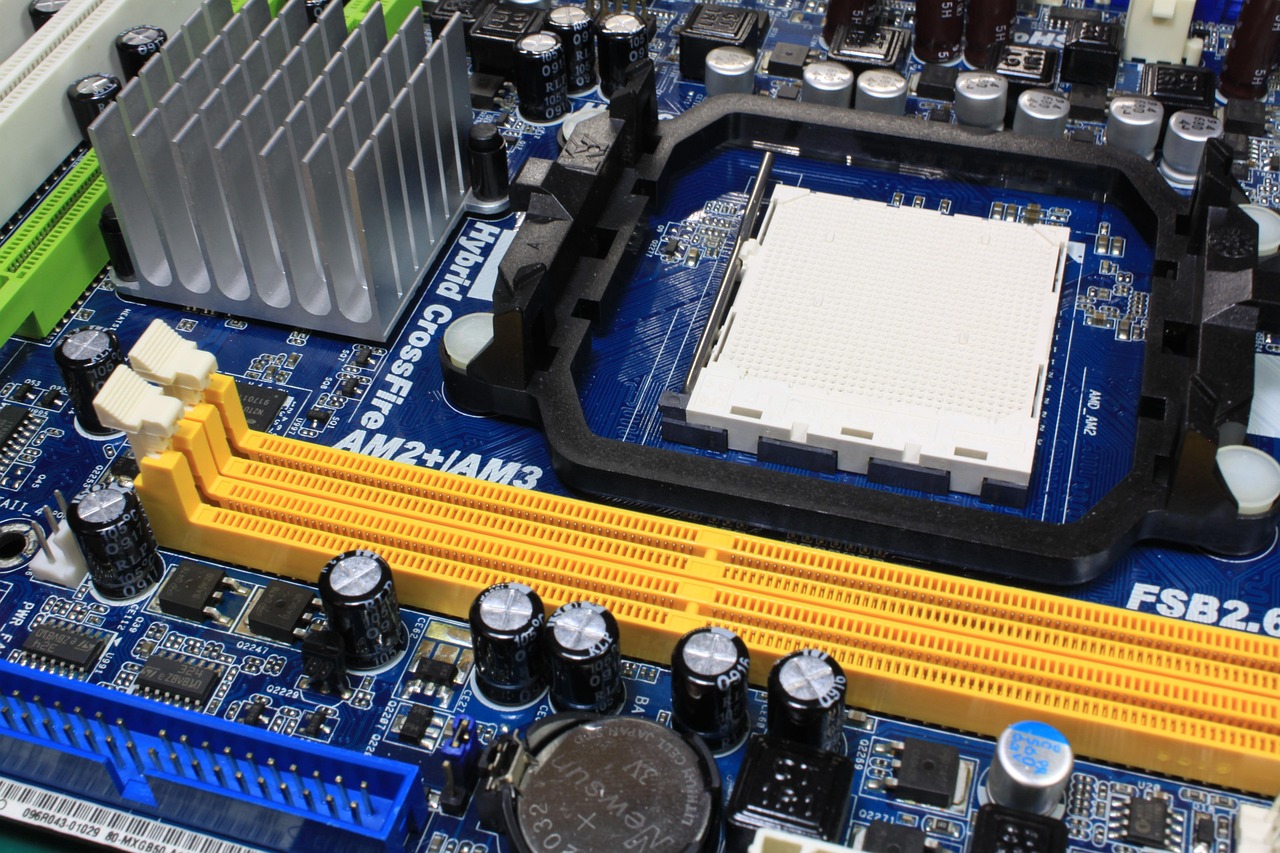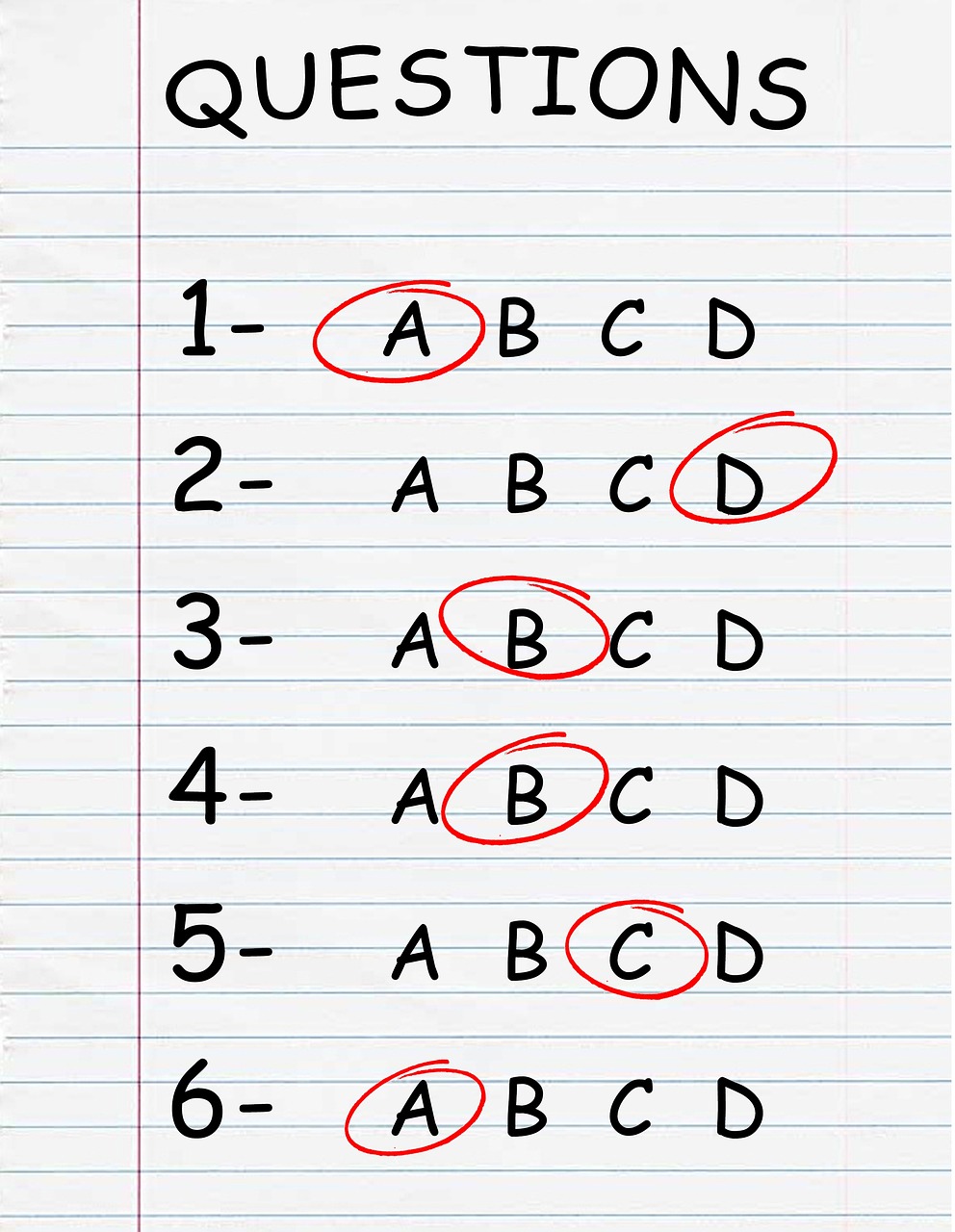Mitek Integrates Neural OCR for Enhanced Cheque Scanning Capabilities

Mitek Systems, a global leader in digital identity verification and mobile capture solutions, has announced the integration of neural optical character recognition (OCR) technology into its cheque scanning process. This advancement is expected to significantly enhance the accuracy and efficiency of processing financial documents, such as cheques, within banking institutions and financial services worldwide.
Optical character recognition has long been a staple technology in document processing, enabling the conversion of different types of documents, such as scanned paper documents, PDFs, or images captured by a digital camera, into editable and searchable data. However, traditional OCR has its limitations, especially when dealing with complex backgrounds, varied fonts, and different handwriting styles, which are common in cheque processing.
The integration of neural OCR technology marks a pivotal shift. Unlike traditional OCR, neural OCR uses machine learning models that mimic human neural networks to recognize characters. This allows for a more intelligent and adaptable approach to text recognition, addressing many of the shortcomings of its predecessors. The result is a more robust and accurate system capable of handling the diverse challenges presented by cheque processing.
Mitek’s decision to incorporate neural OCR technology is part of a broader trend within the financial technology sector, where artificial intelligence and machine learning are increasingly being leveraged to enhance operational efficiency and accuracy. By utilizing neural networks, Mitek aims to reduce manual interventions and errors, thereby streamlining the cheque processing workflow. This development is particularly significant given the global volume of cheque transactions, which, despite the rise of digital payments, remains substantial in many regions.
- Enhanced Accuracy: Neural OCR technology offers improved accuracy in character recognition, which is crucial for minimizing errors associated with cheque processing.
- Adaptability: The machine learning models can adapt to various handwriting styles and fonts, providing a flexible solution that can be applied across different cheque formats.
- Efficiency: By reducing the need for manual data entry and verification, the technology enhances processing speed, allowing financial institutions to handle higher volumes of transactions with increased efficiency.
- Global Impact: As cheque processing remains a significant component of financial operations in regions like North America, parts of Europe, and Asia, the adoption of neural OCR can have a wide-reaching impact on operational efficiency.
The integration of neural OCR is expected to benefit not only financial institutions but also their customers, who can expect faster processing times and improved service reliability. Moreover, as fraud detection becomes increasingly sophisticated, the enhanced accuracy provided by neural OCR can bolster security measures, reducing the risk of fraudulent transactions.
This innovation is in line with Mitek’s commitment to pioneering advanced digital solutions and maintaining its leadership in the digital identity and transaction verification space. As the industry continues to evolve, the role of AI-driven technologies such as neural OCR will likely expand, offering new possibilities for efficiency and security in financial transactions.
In conclusion, Mitek’s integration of neural OCR into its cheque scanning process represents a significant advancement in the field of financial document processing. By leveraging cutting-edge machine learning algorithms, Mitek is poised to deliver enhanced accuracy, efficiency, and security, reinforcing its position as a leader in digital solutions for the financial sector.
















